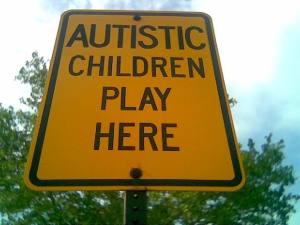 Amid the bleak economic outlook, women in the UK had a little something to smile about just before the festive season got under way.
Amid the bleak economic outlook, women in the UK had a little something to smile about just before the festive season got under way.
This was owing to the Office of National Statistics‘ (ONS) revelation that the gender pay gap had narrowed markedly.
Figures showed it had dropped below 10% for the first time after women’s earnings increased faster than men’s. The gap between men’s and women’s median full-time hourly earnings had fallen from 10.1% in April 2010 to 9.1% in April last year.
The change followed a 1.9% increase in women’s earnings – up from £11.69 an hour to £11.91 – compared with a rise of 0.8% for men, from £13 to £13.11.
Meanwhile, women working part-time were also being paid more than their male counterparts. The gender pay gap for part-time workers was -5.6%, widening from – 4.3% last year, the ONS said.
Undeniably, as it stands the pay gap based on all employees had fallen from 19.8% to 19.5%.
In this sequence, a month earlier, the minimum wage for women was increased to £6.08 an hour. However, The Telegraph reported on research which suggested women in their 20s were earning more than men of the same age.
But this hard-won progress that has so far been made in narrowing the gender pay gap is in danger of disappearing in a puff of austerity smoke as more and more women lose their jobs.
Female unemployment in the UK is at its highest in 23 years – 1.13 million.(ONS)
Women workers also made up two thirds of the 48,000 hike in the number of people out of work in the three months to December, which brought the jobless figures to 2.67m.
Putting aside the top earners, those women still managing to hang onto their jobs – amid whole swathes of public sector redundancies sweeping across the country – are struggling to keep a roof over their heads.
In a report last year, the Resolution Foundation noted that “while the National Minimum Wage protects workers from falling too far into poverty, it does not guarantee a decent standard of living.”
It stated: “The Living Wage is currently set at £8.30 in London and £7.20 in the rest of the country.”
On 9 February, BBC’s Newsnight programme carried a report in which a woman employed by a supermarket chain store revealed she was in rent arrears despite working and receiving benefits.
The night-shift shelf-stacker told the reporter she could not imagine being able to survive on her low income with the additional responsibility of having children to feed and clothe.
Unsurprisingly, research undertaken by the Save the Children and Daycare Trust charities last year revealed low-income families were having to turn down jobs or were considering leaving work because they could not afford to pay for childcare.
The situation has clearly worsened since then given the shocking results of a survey carried out by parenting website Netmums, which revealed some parents are now turning to loan sharks to keep their families afloat.
Of the 2,000 mothers who took part in the website’s survey, a staggering 70% were teetering “on the edge” of financial disaster; 61% were short of money on a weekly basis and 20% were eating less in order to conserve money for the maintenance of their children.
In this context, Joanne Mallon, author of Toddlers: An Instruction Manual: A Guide to Surviving the Years One to Four, is now calling for childcare to be viewed as a joint enterprise rather than the sole responsibility of women.
She said: “As a mother I would absolutely go without whatever I needed to, to make sure my children have what they need, without a second thought.
“Both mothers and fathers benefit from being able to work whilst their child is in childcare, so both should contribute towards this expense.
“But very often this doesn’t happen, and mothers are left financially worse off as a result.”
In the same vain, the European Federation of Public Service Union (EPSU) has warned of a “roll back” in the strive for equal wages, if governments do not take into account that women are disproportionately affected by major cuts in the public sector.
Under these circumstances, I am inclined to agree with Gloria Mills, the Chairwoman of EPSU’s women and gender equality committee, who stated: “Equality on all fronts is a mark of a united and civilised society – it is not just for times of economic prosperity.”

